One of the most fruitful lines of contemporary visual research, with which Romanian artists have also been engaging in recent years, is image archive work. This tendency has contributed to a more general redefinition of artistic practice, veering it towards interdisciplinarity, adding socio-political dimensions, and borrowing methods from anthropology. Beyond the creation ex nihilo of collections aiming to map out recent history and memory (see the numerous photo archives like RoArchive, Shrinking Cities in Romania, or DPlatform, for which the artists collaborated with teams of theorists, philosophers, anthropologists, and landscape architects), the postmodern recontextualization of existing archives – personal or vernacular – is gaining popularity. Among the recently reviewed Romanian archives I would mention are: the CNSAS archive, the Minerva archive of Cluj-based newspapers Igazság and Făclia, the archive of ARTA Magazine, the MȚR image archive, the Costică Acsinte Collection, and, last but not least, the Mihai Oroveanu photo archive.
Salonul de proiecte has acquired and exhibited the archive – comprising of images and photographic negatives – assembled over the course of fifty years by the late director of the National Museum of Contemporary Art and cultural figure Mihai Oroveanu. In this sense it can be seen as part of a series of remarkable projects like Radu Jude’s film Țara Moartă (Dead Country), based on materials from the Costică Acsinte Collection; Răzvan Anton and Szilard Miklos’s investigations starting from the Minerva archive; or the project Second Life in Communism, made by Iosif Kiraly, Simona Dumitriu, and Bogdan Bordeianu, using surveillance photos from the CNSAS archive (Anexa MNAC, 2012).
Continuing Mihai Oroveanu’s plan of founding an institution dedicated to the study of images and photography as a medium, the team of Salonul de Proiecte, with the help of art critic Anca Oroveanu, who knew the archive materials intimately, the project titled The Photographic Archive and History in Transformation / Memory and Research was begun in June 2018. This initiative involved, besides organizing some international colloquiums, a series of exhibitions in which Salonul de Proiecte played the role of a postmodern artist operating through iconographic recontextualization. Ways of reading were recreated and a new order was injected into the universe of the archive.
The first exhibition, curated by Ștefan Sava and titled THE PHOTOGRAPHIC ARCHIVE AND HISTORY OF TRANSFOMATION (5 December 2018 – 10 February 2019) focused on revealing moments of historical turmoil (from documentations of military parades or politically orchestrated demonstrations to moments of genuine collective effusion). An important goal was to show the (anything but innocent) way in which the camera is used to capture crowds, a way that influences the constitutions and the limits of public space, fueling the mechanism of national identity construction and deconstruction.
The second exhibition, THE PHOTOGRAPHIC ARCHIVE AND HISTORY WITH A SMALL H(6 March 2019 – 14 April 2019), which focused on everyday life during communism during the 1970s and ’80s, was structured by Alexandra Croitoru by field, like design, marketing, trade, fashion, and tourism. Along with photos (many taken by Mihai Oroveanu himself while he was working as a photographer for Publiturism), the exhibition contained objects (see the three-dimensional letters recovered from the façade of Magazinul Victoria by Octav Avramescu) and an installation designed by Alexandra Croitoru in order to visually transpose fragments of oral history relating to libidinal economy, the fetishization of items from “abroad,” or the circulation of goods, against the backdrop of the poverty that characterized late socialism in Romania.
The most recent exhibition showcased at Salonul de Proiecte, designed by Mircea Nicolae, reiterates an institutional and methodological critique through its title, THE ABSENT MUSEUM(9 October – 17 November 2019). On one level, what the exhibition draws attention to is how, in spite of the existence of consistent schools of photography in Bucharest, Iași, and Cluj, the need for an institution charged with recovering, preserving, and digitizing existing photography collections has been overlooked. As a result, the much-awaited National Museum of Photography is still only an uncertain dream.
On a second level, the artist signals a new kind of dualism that changes how we approach photography projects. This schism divides art photography, associated with aesthetic value and author theory, from anthropological photography, which has only social value. In this sense, The Absent Museum launches a debate on photography as complex – but unitary – cultural phenomenon, questioning the way in which a potential “house of photography” could mix the perspective of high art with that which uses photography as an instrument for documentation and capturing affective memory.
A thorough and unbiased examiner of the cultural scene and of art history in general, Mircea Nicolae situates himself beyond any ideology or radical opinion, distancing himself both from the left’s accusations of formalism as well as the right’s calls to preserve a conceptual toolbox based on the notions of genius and contemplation. His project reiterates the belief in “the science of making” from Greek antiquity together with the Warburg school’s faith in historiography as scientific instrument. We might also note the compatibility with Benjamin’s statement in “The Artist as Producer” regarding the importance and ability of the work of art to support a socio-political message.
Mircea Nicolae’s balanced, documentary position (supported by his status as complex actor on the contemporary art scene, as art maker, critic, and curator) materializes in his rigour, his adoption of techne, placed exactly between craft and the science of making. No project attests to Mircea Nicolae’s skill as in his role as investigator of the photographic medium – and as an impartial researcher of recent history and memory – more than his work with the Mihai Oroveanu archive. His commitment to science and objectivity comes together with his passion for crafts. The artist is discovered in a new position: that of virtuoso connoisseur of optical mechanisms (for The Absent Museum, Mircea Nicolae built his own devices for visualizing stenographic transcripts).
The structure of the exhibition is also rigorous and benefits from remarkable technology (techne). There are four types of works: 1. thematic lightbox panels with photos; 2. tables with photos organized by theme; 3. a collection of printed materials / photo albums that can be consulted in a study space; 4. two stenotype viewing stations with images from Mihai Oroveanu’s collection that, thanks to the medium itself, generate an immersive 3D experience.
All these works make use of complex sets of discourses that blend aesthetic issues with iconographic investigation and socio-political critique. A recurring theme throughout the show is the status of the technical image in the “post” age (post-modern, post-photography, post-truth). In the case of the thematic panels, the research begins from questioning the relationship between photography and film, between snapshot and staged image, between representing and constructing reality.
A first thematic panel, placed at the entrance, debates the female condition during communism: at work or at a beauty pageant, dressed in uniform or in a summer dress and sandals, shying from the camera or animated by a male character. The montage begins with a beautiful photo: the picture of an ’80s soft music singer wearing a white scarf. In the background, two palm leaves that look like wings can be seen. The double portrait of a socialist clerk in blue garb seated at her desk (which the artist admits reminds him of his mother—an accountant) references both the sequential nature of the cinematic image as well as an existentialist comment on identity and the masks needed to survive in a totalitarian regime. Four portraits of caretakers at Fondul Plastic together with two staged photos where a man in a swimsuit charms a group of receptionists adds a touch of nostalgia and humor to the discourse of identity and sequentiality.
The artist’s most elaborate contribution is in the second panel, dedicated to the disputed topic of nationalism, more precisely the political instrumentalization of the image of the Romanian peasant. Mircea Nicolae follows the model of Aby Warburg from Mnemosyne Atlas, which he learned from Ruxandra Demetrescu, a professor at the graduate school. What he does is build a collage around the guiding idea of nationalism, assembling a series of photos that interact through their Nachleben. An image returns within a different image in order to show the way in which the identity of the Romanian peasant was rewritten and used in history by all political discourses, from the extreme right to the extreme left.
The photos are structured around the central image of “Revolutionary Romania”, a woman dressed in a folk costume, painted in Paris, after the defeat of the 1848 uprising. The painter: a Romanian of Jewish origin born in Budapest (Constantin Rosenthal). The model: a woman of Scottish origin (Maria Rosetti). No other image could more effectively deconstruct ethno-nationalist mythology than this one, which shows that various ethnicities contributed to the construction of the Romanian national myth. The next question would be: how does a locally ethnic iconography come into being? Do we really see the true face of the Romanian peasant in the photos documenting the 1950s collectivization (one of the panel’s pieces deals with the redefinition of the peasant as cooperative worker) or in the portrait of two pioneers (another piece is the education of the peasants and their transformation into intellectuals)? How about in the Nazi salute of a group of young people at a parade in the 1930s?
The impression of constructedness is strengthened by the bizarre photograph showing a woman in a folk costume flanked by a portrait of Stalin and by that of a Russian general. The way she reaches for a box in a way reminiscent of the Nazi salute helps us intuit that the image of the Romanian peasant, as seen in the national discourse, is a simulacrum, similar to Borges’s map that overlaps the whole territory, masking reality.
The final two panels, facing each other at opposite ends of the room, have important aesthetic connotations. One of them combines, in Baudelarian fashion, the glamor of female and male socialist fashion with the interest for artificial paradises (i.e. for the world of alcohol producers, consumers, and sellers), while the other is dedicated to photo masterpieces. By “photo masterpieces”, Mircea Nicolae refers to compositions that reiterate, in the medium of photography, the grand theory of the beautiful based on good proportion and harmony. The juxtaposition might seem paradoxical at first (see the incompatibility between the technical image and classical aesthetics that Benjamin posits in “The Work of Art in the Age of Mechanical Reproduction”), but it soon becomes obvious that it is deeply embedded in the medium of photography itself.
The panel of masterpieces is structured around a portrait of the Ceaușescus, one of the rare images in which the still young couple forgets to hide behind their official mask, revealing their human side. The structure follows two poles: on the one hand authenticity and candor and, on the other, the fabricated composition, perspective, and narrative. In this context, the picture of two old ladies in a garden, the sun shining in their eyes (a discourse of candor, love, which attests to the presence of the aura in photography because of the human figure) is placed opposite to a few perfect compositions showing a high-ranking official at his desk or an archive worker sorting photographic plates.
The image showing the unfolding of an election in the 1950s, where a giant worthy of a Diane Arbus photo is voting in the foreground, complemented by the portraits of Dej and Stalin, under which stands a group of gangster-looking individuals, is counterpoised by an elaborate, triangular composition that uses essential visual elements like the hammer and sickle, the portrait and bust of Stalin, an imposing socialist office, and also the figure of a country mayor.
Next comes the study part of the exhibition, which comprises transcripts, tables with photos, and series of publications. The first table has the title “Versions of Portraits” and contains a successions of frames (masks or faces) composing the portrait of a character. As case studies, two female political leaders were chosen: Ana Pauker for the period between 1950-1960 and Elena Ceaușescu for 1970-1980. If eleven images show an identical, impenetrable Elena Ceaușescu, concealed under the guise of power, time manages to reveal in three other photos, taken sometime around the 1989 Revolution, an Elena Ceaușescu humanized when faced with death, a fragile, old woman, without makeup, in a decrepit body. Ana Pauker’s (the only woman in Romanian history who ever led the country, even if she never had the official position of party leader) panoramic portrait has an even deeper psychological dimension. A series of photos show her in her role of versatile (idealist or sanguine) Stalinist leader, ready to punish any straying from the party hardline, while another series shows, beyond the official, unfairly demonized portrait, a woman who is beautiful, mature, aloof, determined, nostalgic, or sad.
The table titled “Reframings” uses sports photos taken by Andrei Pandele as a case study, showcasing various types of analog image manipulation, precursors of what we can do today in Photoshop. The physical operations involving a pen, a line, or a pair of scissors reiterate Grace Jones’s comment in “Slave to the Rhythm” about sequences, specializations, and assembly lines. The discourse on the materiality of analog photographs is continued by a series of “retrophotographs,” which show the physical process by which, with the help of a wooden plate, a pin, and a glass plate, they used to turn positives into negatives during communism. The discourse of materiality becomes hybrid on the table titled “Modifications and Shards,” which shows fragments of photographic plates made of glass and other means of analogue manipulation. Finitude, fragmentation, and vulnerability are the topics broached.
The final category of works is that of photo albums. These re-engage with and cement discourses from the previous works. For instance, the inextricable link between photography and film and the female condition under socialism, which are tackled in the first panel in the exhibition, are reviewed in the context of an album with photos from a fashion parade at the seaside. Andrei Pandele’s sports photos are used again, in an album reiterating the discourse on nationalism and the significance of a national football team, as well as the very real glory the country enjoyed in sports competitions, which was never matched after. An album that reconstructs the structure of a photo film made by Mihai Oroveanu himself, containing decaying sculptures in the courtyard of Fondul Plastic, takes on the discourse of materiality and of the temptation of postmodern fragmentation.
What we can conclude from this complex research project is that the Romanian art scene is ready to produce and receive nuanced approaches to photography as an artistic medium and a means of mapping out recent memory and history. If artists, curators, and independent galleries have done their job, we can only hope that bigger institutions will come and meet them halfway down the road.
Translated by Rareș Grozea
POSTED BY
Raluca Oancea
Raluca Oancea (Nestor), member of International Association of Art Critics (AICA) and European Network for Cinema and Media Studies (NECS), is a lecturer at The National University of Arts in Buchares...
www.Dplatform.ro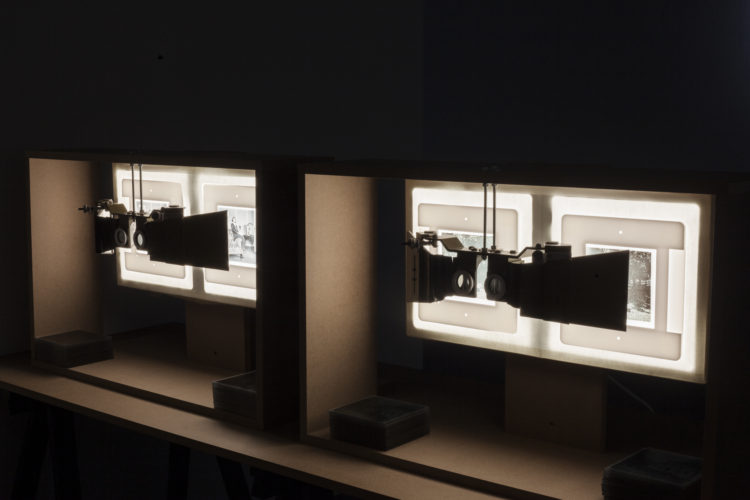

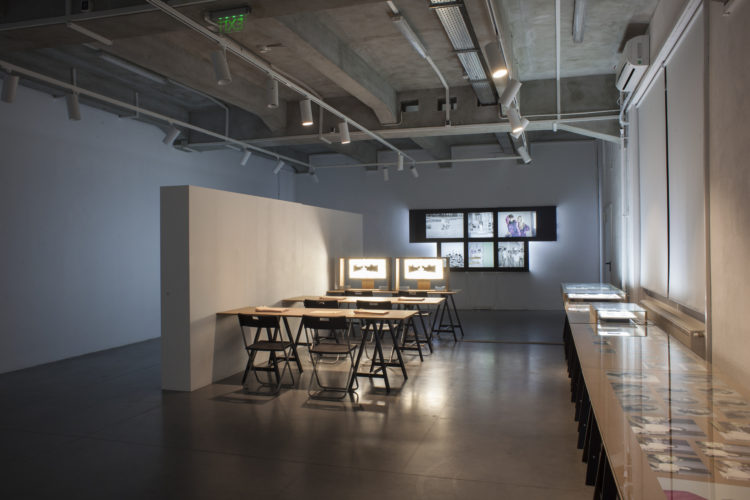
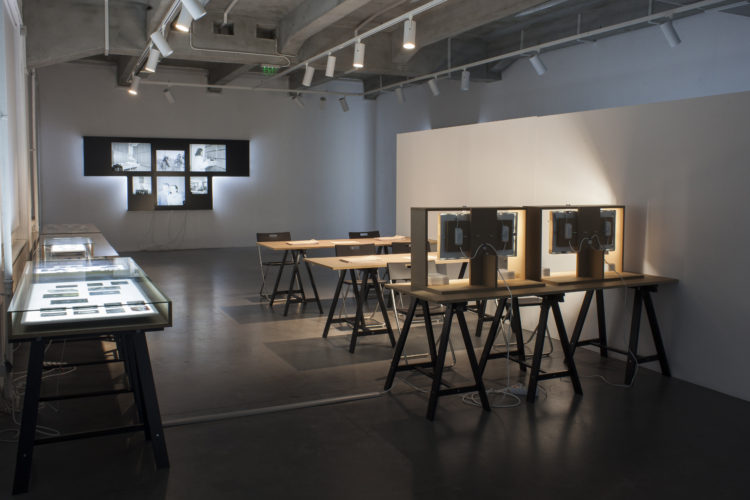
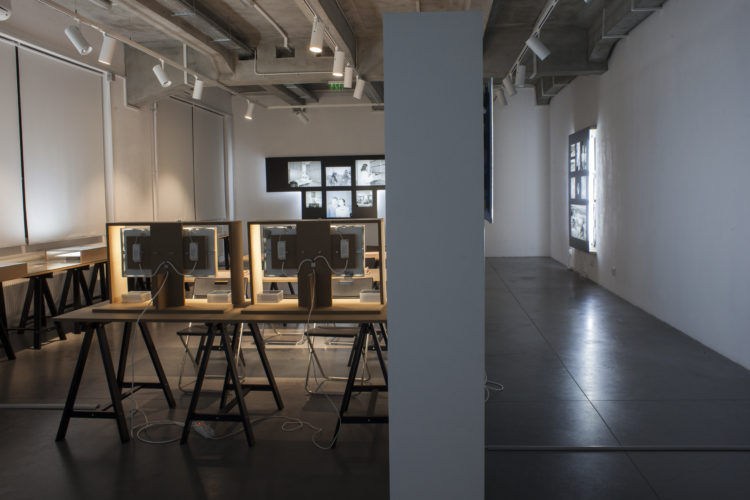
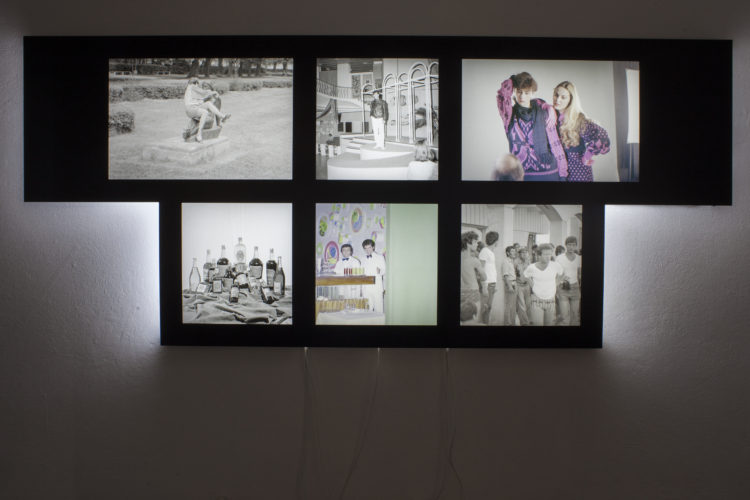
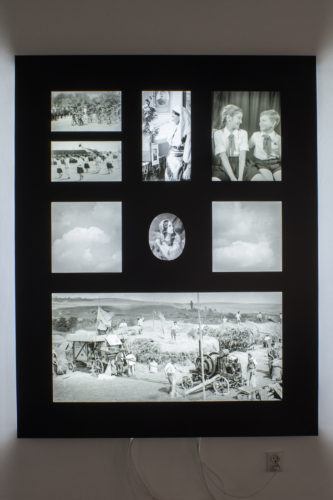



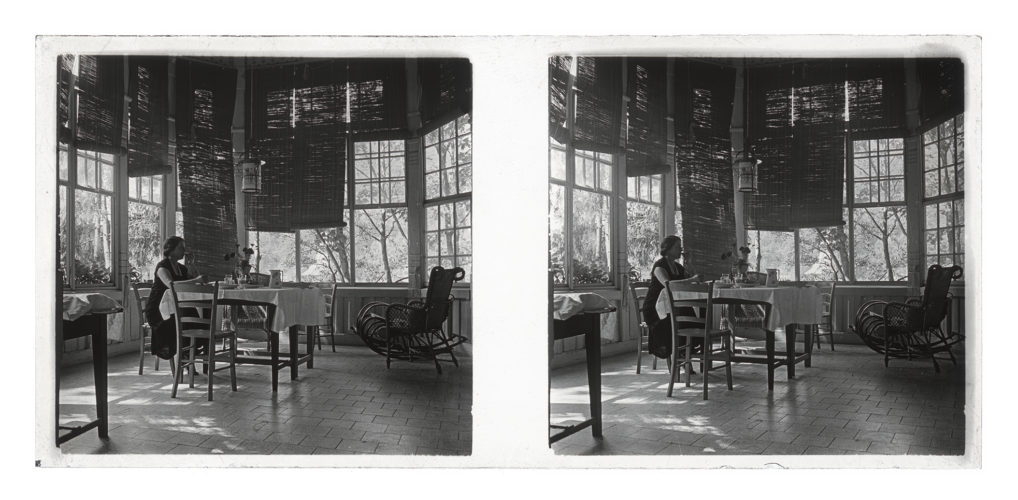

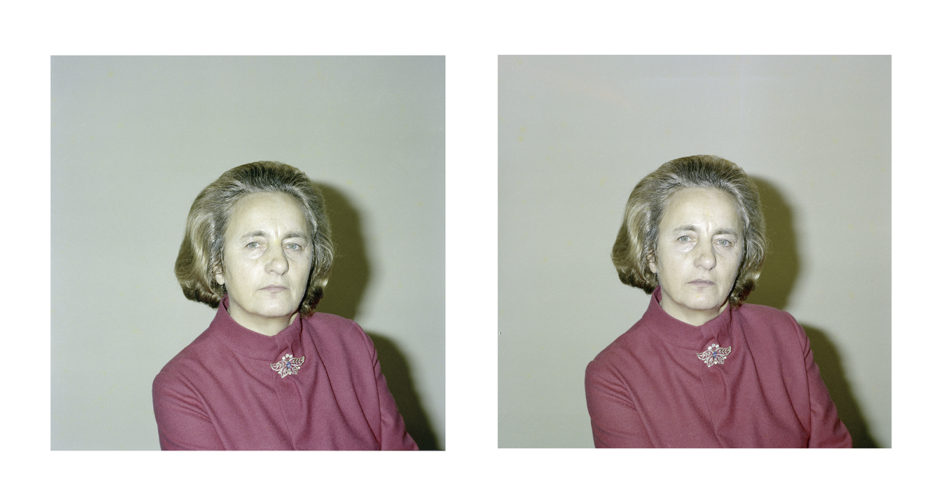
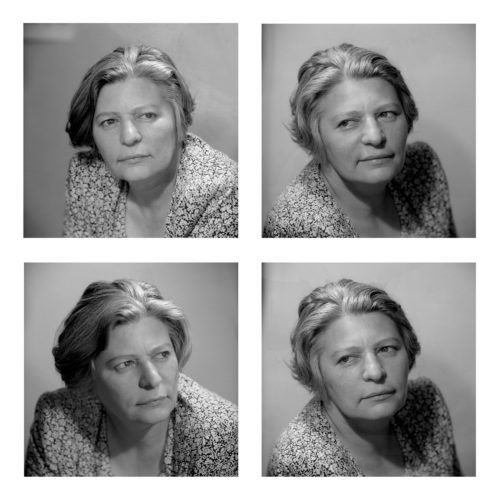
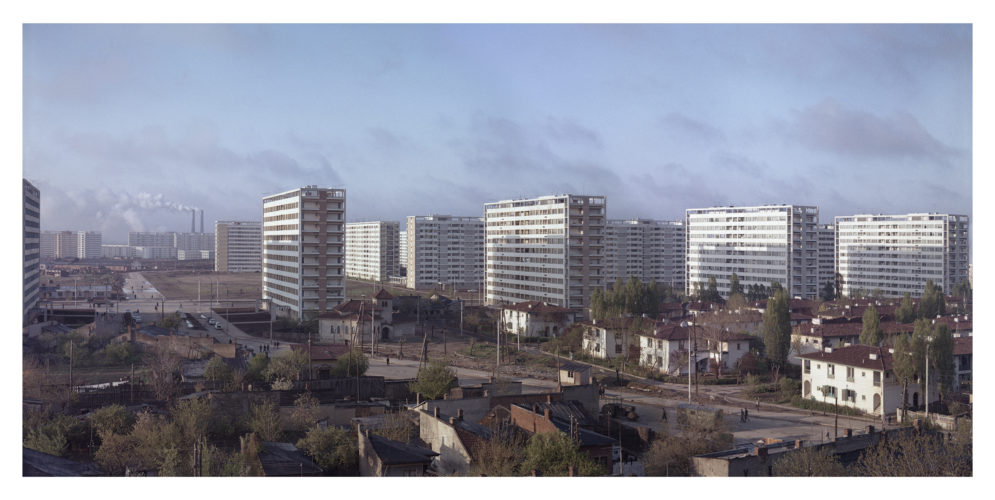
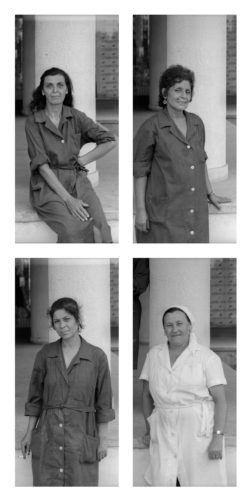


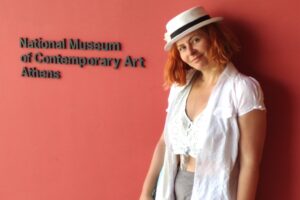
Comments are closed here.